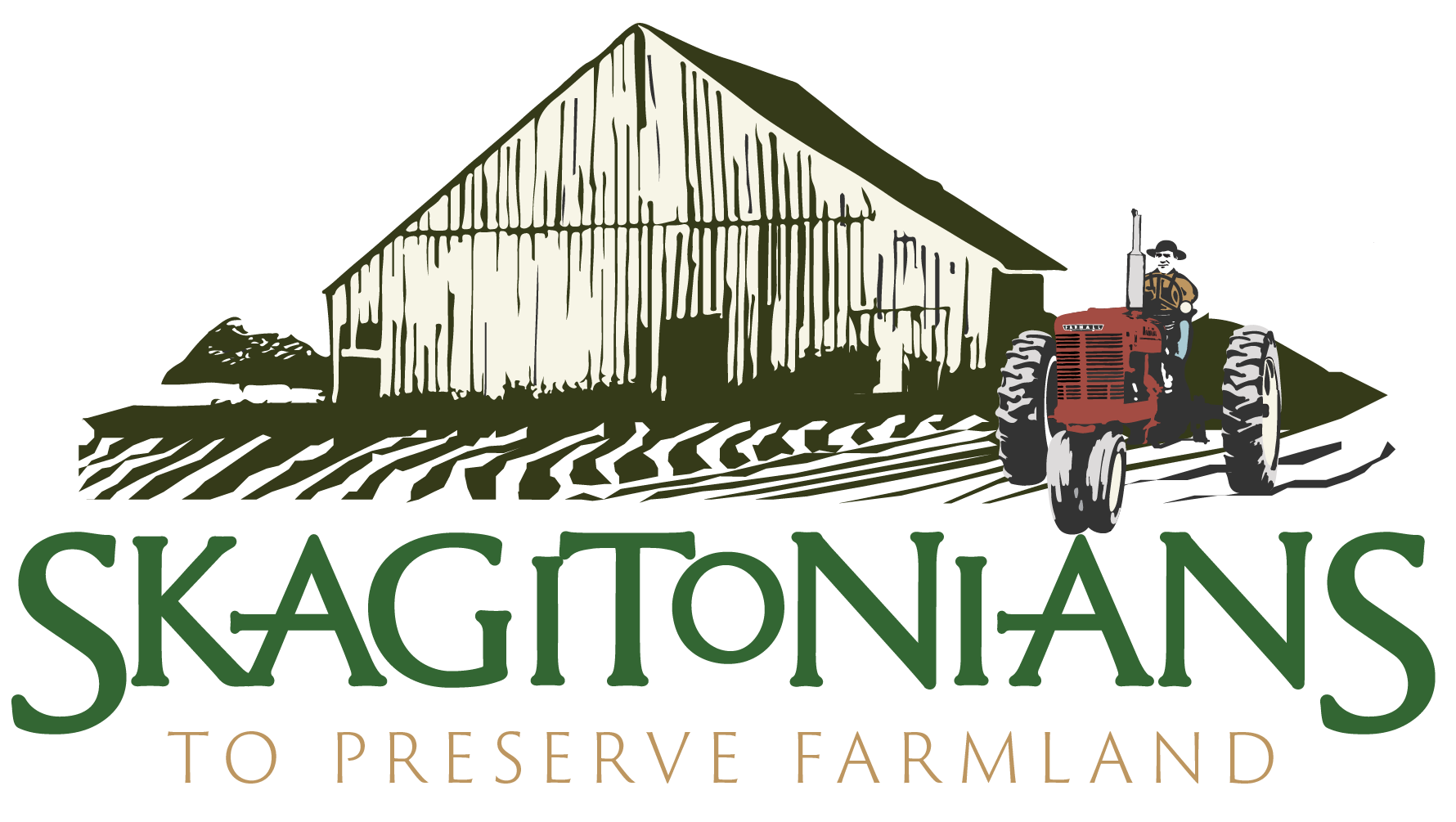Why the Skagit Basin Excels in Seed Production
“ . . . a seed farmer has all the responsibility of a row crop farmer—soil enhancement, adequate watering/drainage, and pest management, etc.—with the added task of maintaining the genetic integrity of the crop. It’s not easy. ”
Over 130 Years
The Skagit Valley has been held in high esteem for commercial seed production since the 1880s. That's over 130 years of output while agriculture progressed from subsistence farming to today's output at commercial scale. Many of the explosive changes in agriculture over the period have had a huge impact on the commercial seed industry. Mechanized production, establishment of land-grant colleges and experiment stations, and the application of rigorous scientific research and development have all made profound changes on the industry.
As a pillar of successful agriculture, commercial seed development is always seeking improvement and never resting on the fact that better, more reliable seed is a big part of the USDA's claim that [agricultural] "productivity per unit input has increased 250% since 1948," all while using less land and less labor.
But to really get to the heart of the reason why commercial seed production thrives in the Skagit basin we have to start with the basics.
Right Latitude, Right Climate
Long daylight hours throughout the growing season are a benefit of our northern latitude. Proximity to moderating bodies of water and protective mountains combine with our temperate maritime climate to minimize weather-related stress on sensitive seed crops. Add to that the superior quality of our alluvial soils and it's a combination that is surprisingly rare throughout the world. Taken together, they are potent reasons why international seed companies continue to include the Skagit basin among their strategically selected growing regions.
Add to All That the Consummate Skill of the Farmers
Growing crops for their seeds is exacting work. So many factors have to be controlled that the skill of the farmer is non-negotiable to the success of the endeavor. The Skagit Valley boasts seed farmers whose expertise is evident not just year after year, but generation after generation.
It's not going too far to say that they're true specialists.
Long Term Specialization in Hybrid Seed Production
. . . [T]he evolution of plant breeding has consistently responded to change with varieties better suited to provide what the farmer needs.
Few of the agricultural crops grown today are in their original wild form. There are many reasons for this, but it mainly has to do with the speed of change. As situations change—growing conditions, market demand, climate, just to name a few—crops either can meet the change or not. Left to nature, adaptations to change can take a long time and frankly, they aren't always successful. But the evolution of plant breeding has consistently responded to change with varieties better suited to provide what the farmer needs.
Let's say heightened pest or disease pressure is affecting the viability of a crop. There may be other varieties of that crop that show resistance to one threat or another. But, it's rare that every threat can be mitigated when one variety is simply switched out for another. What is usually needed is a bit of this and a bit of that. Plant breeders are expert at selecting for desirable traits and inbreeding varieties to the point, over several generations and several years, where a specific variety is consistently true to type.
When that process is completed, the plant's characteristics are locked in and can be maintained without any genetic changes. A hybrid plant is produced when two inbred lines are grown next to each other in alternating rows. By controlled cross-pollination between the two varieties a new hybrid plant is produced starting with the seed. If the seed checks out and performs as designed, the process is repeated and the resulting seed enters the market as a hybrid.
That careful cross-pollination is the primary challenge of the seed farmer. It involves the interaction between the two plant varieties in the field and it involves potential interactions with neighboring crops capable of interfering with the process.
So, a seed farmer has all the responsibility of a row crop farmer—soil enhancement, adequate watering/drainage, and pest management, etc.—with the added task of maintaining the genetic integrity of the crop. It's not easy.
It is, however, rewarding, and not just from a business standpoint. Because it is a particularly impactful crop, the final product has global importance. How's that for a sense of purpose?
Two More Key Reasons for Ongoing Success
Seed farmers don't work alone. The seed companies, of course, take a primary role, but it's also essential that there is such a tradition of cooperation in the valley. Suitable farmland is not abundant. To maintain isolation distances, farmers frequently swap farmland or choose to shift their cropping plans to avoid possible contamination of one crop from another.
That is, by the way, on top of the normal need for crop rotation, which must be observed whether seed crops are grown or not. In fact, it's not overblown to say that if this level of cooperation didn't exist, commercial seed production could very well be forfeit in the Skagit Valley.
The last piece of the puzzle is the remarkably strong relationship with WSU NWREC. The level of support in research and development between the institution and local farmers is ongoing and mutual. As WSU NWREC itself says, "The vegetable seed pathology program helps contribute towards a sustainable and secure food supply by providing research and outreach on the etiology, biology, epidemiology, and management of diseases caused by fungal, viral, and bacterial pathogens of these crops."
These constituent strengths are powerful each on their own, but taken together they are a potent mix that makes it a safe bet that commercial seed production will continue to thrive in the Skagit Valley.
See, we told you you'd be impressed.
By Teresa Bennett: info@skagitonians.org
Photos by: Vince Streano


